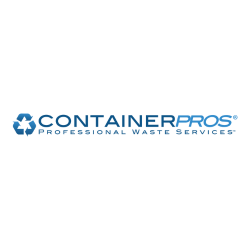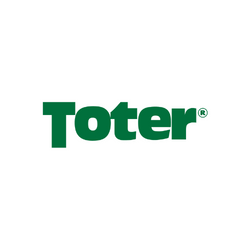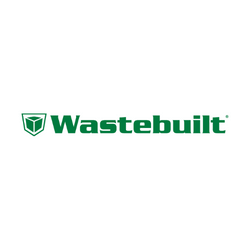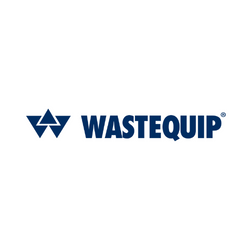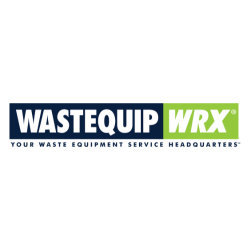6 Signs You Need To Upgrade Your Waste Handling Equipment
6 Signs You Need To Upgrade Your Waste Handling Equipment
Republished: April 15th, 2023. Original Source: Wastequip >
Blog Post
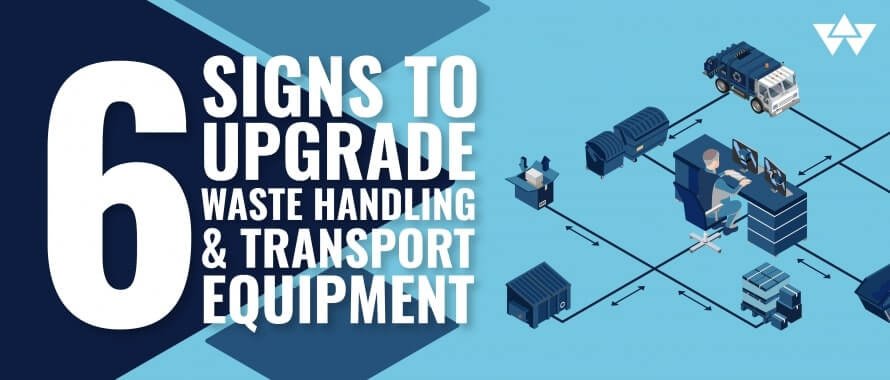
As with most any type of industrial equipment, waste transport and handling equipment will reach a point in its service life when — in order to maintain adequate levels of speed, safety and efficiency while keeping operating costs down — it should be replaced or upgraded. But with some of the equipment commonly used in the waste industry, and especially with those that feature few moving parts like dumpsters, containers, roll-off dumpsters and roll-off containers, the need for retirement may not always be strikingly obvious.
So how can industry decision-makers know when the time has come to make an upgrade to such waste transport and handling equipment? Consider these six telltale signs that a replacement or upgrade of your company’s dumpsters, containers, roll-off dumpsters and roll-off containers could deliver considerable business benefits:
1. Cutting Cost
Of course, replacing or upgrading dumpsters, containers, roll-off dumpsters or roll-off containers requires that companies make an often-substantial financial expenditure. But in many cases, the investment can minimize recurring costs, thereby leading to long-term savings — which, over time, can ultimately boost the business’s bottom line.
A prime example of this would be when a business finds itself needing more and more frequent trash pickups, which can be costly and can certainly add up to create considerable financial expenditures over time. A leading — and often efficiency-boosting — solution for this is to invest in a
commercial trash compactor. By delivering a
4:1 compaction ratio
, a compactor can deliver a broad range of benefits, including less-frequent trash pickups, a minimized amount of waste being sent to the landfill, a reduced risk of odors, fire hazards, and/or rodent infestation, and increased workplace safety.
2. Increasing Waste Storage
In the vein of the entry just above, another method exists for a business to address regularly overflowing dumpsters, containers, roll-off dumpsters or roll-off containers that begin to need more frequent (and, as they add up, more costly) trash pickups. That is to invest in waste-handling equipment with an increased storage capacity. By enabling a company to safely store larger amounts of waste, higher-capacity dumpsters, containers, roll-off dumpsters or roll-off containers can reduce the number of pickups needed over a given amount of time, helping the business cut the costs of its trash pickups and landfill hauls.
3. Experiencing Reoccurring Safety Issues
When inspections or audits by OSHA or ANSI result in failing grades, the consequential fines can create significant financial costs for a business. Even worse, repeated audit failures can sometimes even lead to worker endangerment and criminal liability. Therefore, if a business’s dumpsters, containers, roll-off dumpsters or roll-off containers no longer meet OSHA and/or ANSI regulatory requirements, an immediate replacement or upgrade is imperative to protect the business from legal and compliance-related ramifications and to protect employees’ well-being and safety.
4. Change In Waste Industry Laws
In addition to federal mandates, the state and local laws governing how businesses must handle, store and dispose of their waste are always subject to change. And of course, an evolution in this area can create the need for an equipment upgrade or replacement at any time. For this reason, business owners and decision-makers should make sure to keep abreast of the latest legal developments in their area, and ensure that their waste transport and handling equipment meets minimum requirements at the least.
5. Growing Waste Service
As businesses evolve and grow, their waste handling and transport needs can change, too. For example, when building modifications are made in an effort to improve facilities and/or to meet updated building-code requirements, the layout and configuration of waste corrals and docks can be affected. And of course, sometimes these changes can create a need to replace existing dumpsters, containers, roll-off dumpsters or roll-off containers with ones that better fit the new configuration.
6. Original Parts Are No Longer Manufactured
After a lengthy period of time in service, many items of waste handling and transport equipment will need new parts, typically as a result of either normal wear and tear or in the wake of accidental damage or heavy use. And if your company currently uses older dumpsters, containers, roll-off dumpsters or roll-off containers, the equipment may reach a point in its service life when new replacement parts are no longer being produced for it. In such cases, an equipment upgrade may be needed.



